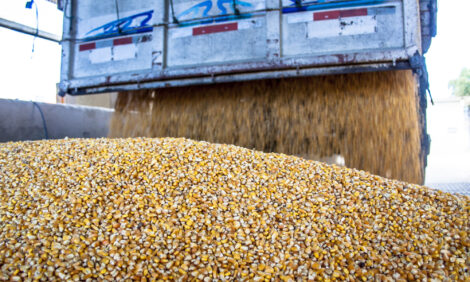|
Need a Product or service?
|
|

Ron Plain |
Despite some optimism early on, it has been a disappointing summer for hog prices. Sometimes the reasons for low prices are a bit difficult to identify, but not this year. More pork than expected and weak retail demand have left us with August barrow and gilt prices that are $4/cwt below breakeven.
The number of slaughter hogs imported from Canada had been trending downward until this summer. (The number of weaner/feeder pigs imported from Canada continues to rise rapidly.) The primary cause of the turn-around in imports of slaughter hogs is BSE in Canada. The lone Alberta cow with BSE closed the border to cattle and beef trade, dramatically lowering prices in Canada and raising them in the U.S. Consequently, Canadian hog producers have found it more attractive to ship hogs and pork south to compete against high priced beef in the U.S. than to keep the hogs and pork in Canada and try to compete against cheap Canadian beef. June-August slaughter hog imports from Canada will exceed the trend by about 280,000 head. That's enough extra slaughter hogs to increase daily hog slaughter by about 1.2%.
August still has a few days left, but it appears that for the 3 months, June-August, U.S. commercial hog slaughter was down about 0.8% (it would have been down 2% without the extra slaughter hogs from Canada) but commercial pork production was down only about 0.2% because of heavier slaughter weights. Barrow and gilt dressed weights have been above year-ago levels for the last 12 weeks.
Despite record high U.S. beef prices, retail pork prices have been low this summer. During the first half of 2003, per capita pork consumption was up 0.8 but the nominal retail price of pork was down 2.9% and the deflated price was down 5.6%. A more typical price response to a 0.8% increase in per capita pork supply would be a 1.2% decline in the deflated retail price of pork. The weakness in retail pork is largely due to an absolute dismal demand for pork chops. Grocery store prices of pork chops are the lowest of any summer since 1989. The reason for the collapse in demand for pork chops is unclear.
The price outlook for fall is no better. The number of U.S. born pigs is down from a year ago, but most of that benefit will be offset by heavier slaughter weights and increased hog imports from Canada. Slaughter weights are likely to continue to run 2-3 pounds above last year. The number of hogs coming from Canada is likely to remain high until the Canada to U.S. beef trade returns to normal. The best hope for some strength in hog prices is for a return to more normal pork demand.

















